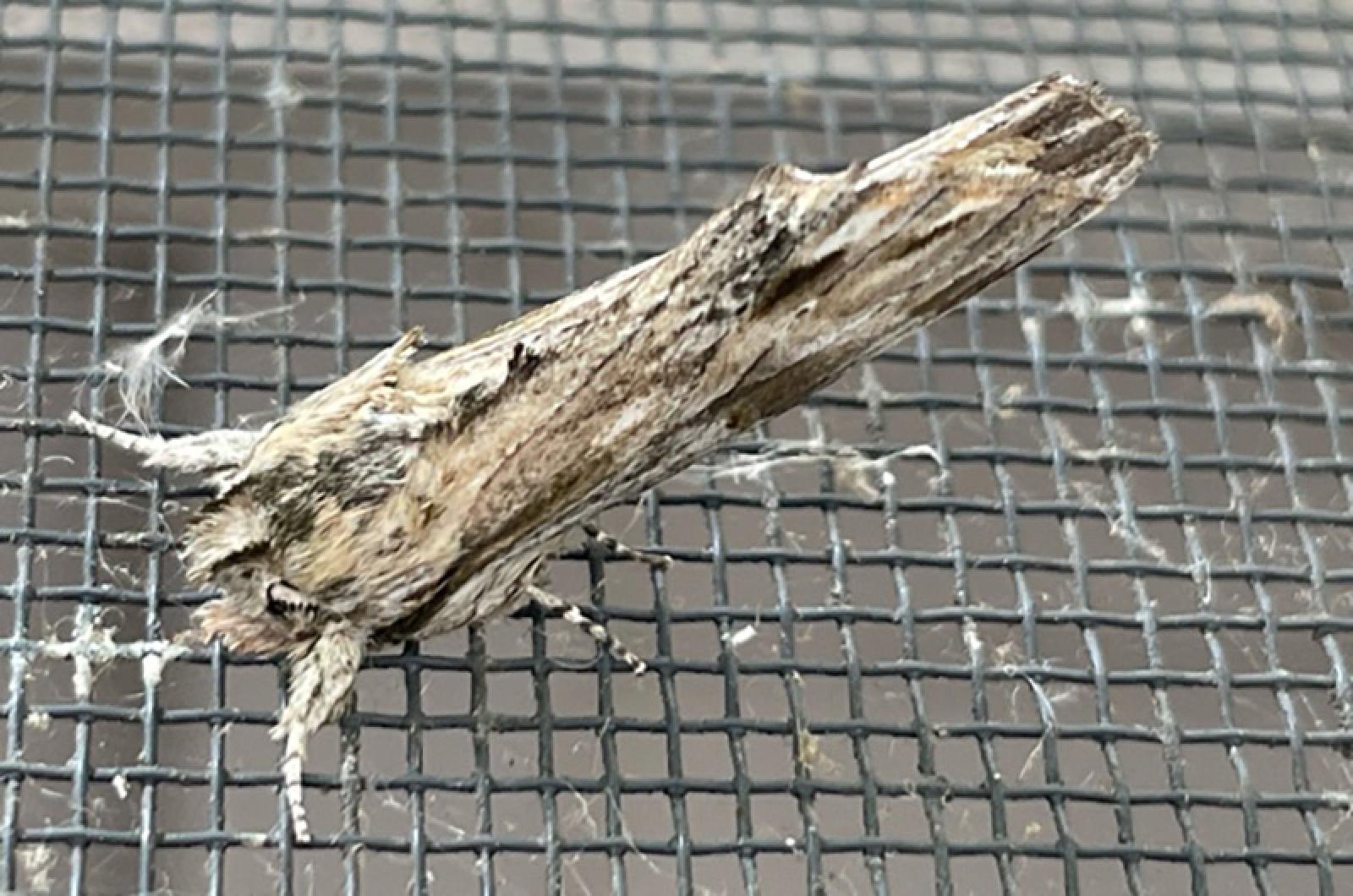British entomologist Francis Walker was a divisive figure.
The 19th-century bug guy was lauded and cursed for his work, which was described as brilliant and lazy by colleagues and history.
Walker began his love affair with insects at a young age. A child of wealth and privilege, he spent four years (ages 7 to 11) in Switzerland with expert naturalists, poets (including Lord Byron), and other notable men and women. His proficiency and reputation grew and he spent a lifetime studying and naming (and renaming) insects.
He might have been one of the most prolific namers of species. A natural historian’s research indicated that in one busy year, Walker named 560 species and, in his lifetime, chose names for 23,696 species.
A fellow entomologist, Edward Newman, described him as the “most voluminous and most industrious writer on Entomology this country has ever produced,” adding, “I never met anyone who possessed more correct, more diversified, or more general information, or who imparted that information to others with greater readiness and kindness.”
But not all was well with Walker’s nomenclature nuttiness.
Contrary to Newman’s assessment, Francis Walker was also criticized by other naturalists. One angrily described Walker and his work, “But what arrogance to coin original forms, some of which sound like childish babbling and which offer so few clues for the memory that their creator himself must have forgotten them within the next quarter-of-an-hour, and to expect that lepidopterists should sanction such garbage!”
The problem was that Walker liked to name, and often rename again and again, the same species. He became known for his succession of junior synonyms. Generally, the finder of a new species gets naming rights. However, at the time and with the cascade of newly discovered creatures, often an organism would get multiple names or synonyms. The first name is usually the one that was kept, and called the senior synonym, while others would be called junior synonyms.
Francis Walker, it seemed, was a serial synonym maker, sometimes even renaming insects he personally had previously named. And that was maddening to many of his colleagues.
It is surprising that I haven’t come across Walker or his renaming reputation before, since I do love both insects and wordsmithing. In this case, we found each other because of, ironically, a many-named moth. The white streaked prominent, white streaked caterpillar moth, lace capped prominent, and, thanks to Walker, Oligocentria lignicolor, was photographed by a friend who has taken a keen interest in local lepidoptera.
No matter what you call it, the moth led me to a man and an intriguing and contentious history of scientific naming and the men who squabbled over those naming rights. In the end, Walker’s end, the nastier contingent won out. His obituary in The Entomologist’s Monthly Magazine began with this sarcastic statement, “More than 20 years too late for his scientific reputation, and after having done an amount of injury almost inconceivable in its immensity, Francis Walker has passed from among us.”
With friends like that, you don’t need to name your enemies.
Suzan Bellincampi is islands director for Felix Neck Wildlife Sanctuary in Edgartown and the Nantucket Wildlife Sanctuaries. She is also the author of Martha’s Vineyard: A Field Guide to Island Nature and The Nature of Martha’s Vineyard.




Comments
Comment policy »